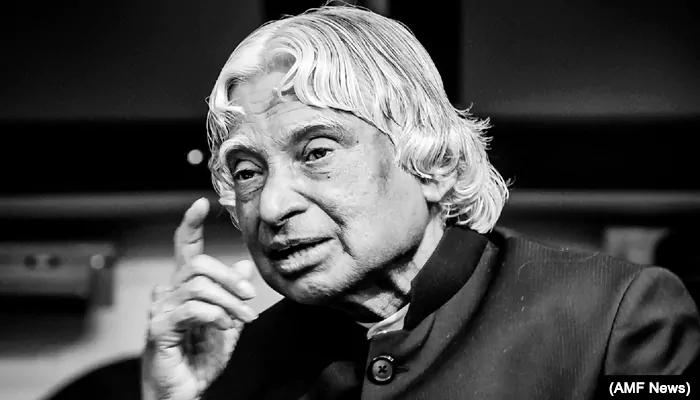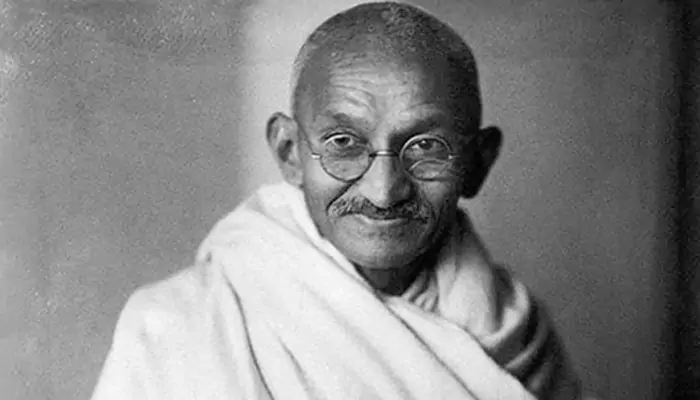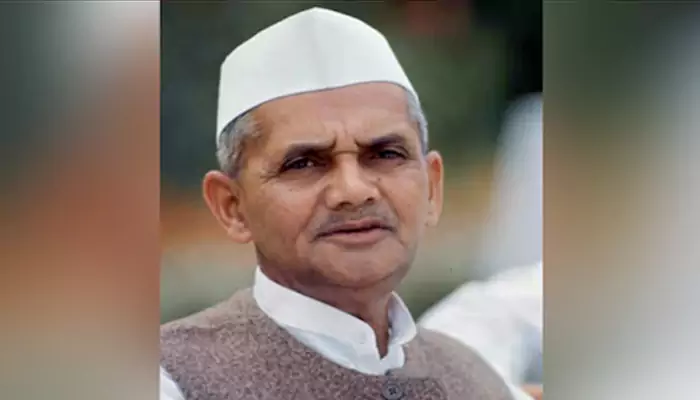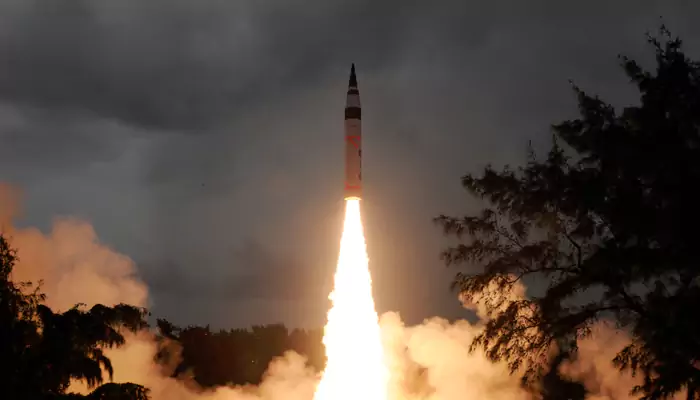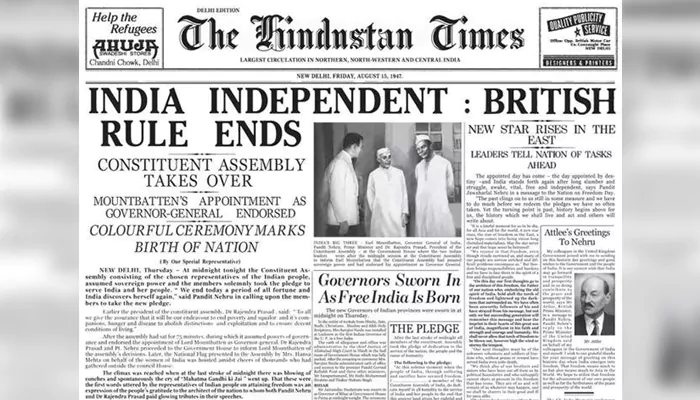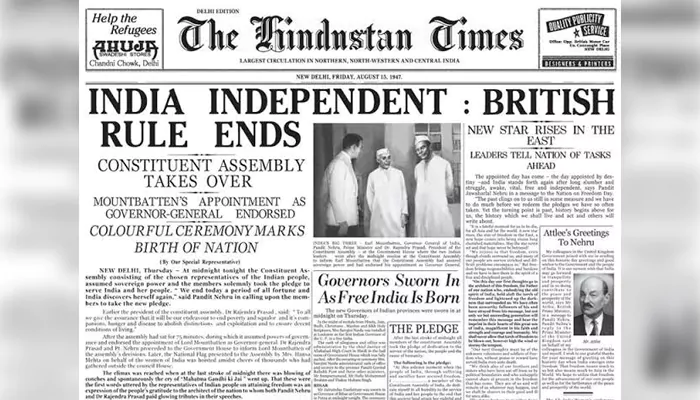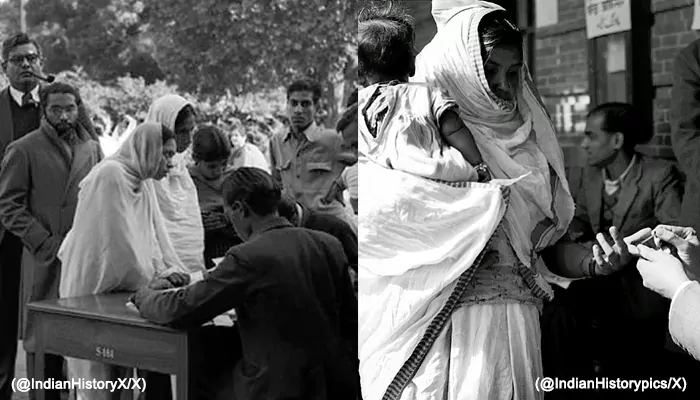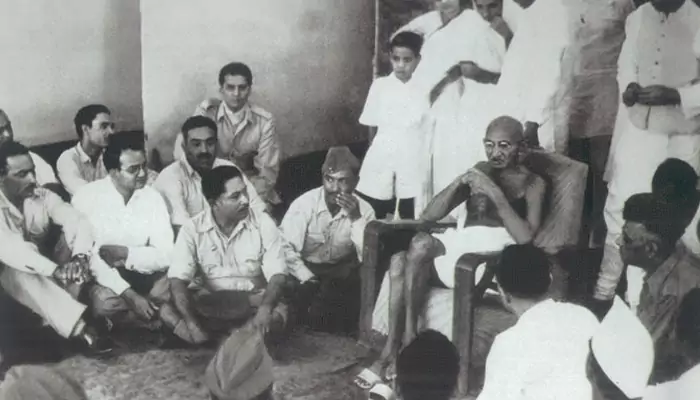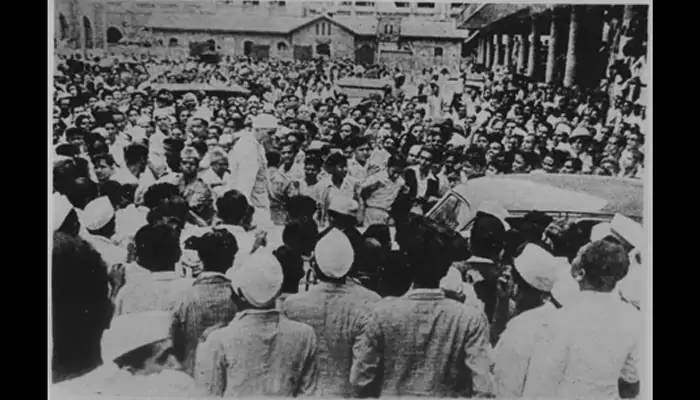Independence Day: Freedom Fighters Who’ve Been Faded From History Books
- Sanchari Das
- 4 months ago
- 3 minutes read
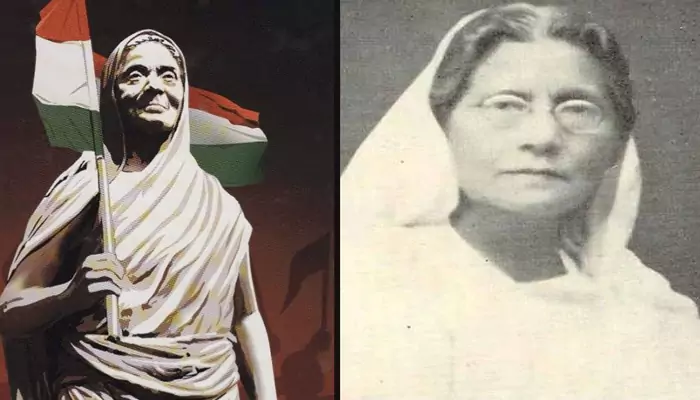
On India’s 79th Independence Day, we revisit the forgotten freedom fighters whose courage time has almost erased
Every Independence Day, familiar names like Gandhi and Nehru stand proudly in our celebrations. Yet, history is also woven by the courage of countless unsung souls. These individuals kindled sparks of resistance - some distant sparks, some fierce and fierce alone. Their names might not echo in every classroom, but their acts still pulse beneath the surface of our freedom.

Neera Arya: The INA’s First Female Spy
Neera Arya, born in 1902 in Uttar Pradesh, joined Netaji Subhas Chandra Bose’s Rani Jhansi Regiment in the Indian National Army. Her brave legacy includes confronting her own husband, then a CID officer aligned with the British, to save Bose’s life. Convicted and jailed in the Andaman’s Cellular Jail, she endured torture rather than betray her comrades. After independence, she lived quietly in Hyderabad, reportedly rejecting pensions and selling flowers to make ends meet. Despite her sacrifice, her story has largely stayed in the shadows - yet recent coverage and even plans for a biopic are helping to resurrect her memory.
Matangini Hazra: “Gandhi Buri,” Martyr at 73
In 1942, 73-year-old Matangini Hazra stood firm amid bullets in Tamluk while pushing forward with the Quit India movement. Holding the tricolor aloft, she fell chanting “Vande Mataram,” refusing to let the flag touch the ground. Widely revered in Bengal as “Gandhi Buri,” she remains virtually unknown outside regional circles. Her story is one of quiet resolve that exploded into a defiant, heroic moment.
Rani Gaidinliu: The Tribal Spirit of Resistance
From the remote hills of Manipur, Rani Gaidinliu rose as a spiritual and political leader through the Heraka movement in the 1930s. She rallied her Naga community against British interference, blending cultural revival with anti-colonial fervor. Arrested as a teenager and imprisoned for years, she eventually became a symbol of indigenous pride and resistance in the Northeast - a legacy largely overlooked in mainstream narratives across the country.
Peer Ali Khan: The Patna Rebel of 1857
During the 1857 Revolt, Peer Ali Khan in Patna led a bold uprising and was publicly hanged as a testament to British might. His act inspired local resistance, even as his name slipped from the broader national memory. Today, his story lives on in provincial archives, oral traditions, and occasional regional commemoration—yet rarely in schoolbooks or national platforms.

Raja Dariyav Chandra Gaur: Guerilla Hero of 1857
Not all bravery came from sepoys. In the forests and hamlets of mid-19th-century India, rulers like Raja Dariyav Chandra Gaur of the Naar Kahinjari estate took up arms against the British. He orchestrated guerrilla actions that vexed colonial forces until his capture and execution. His resistance is etched into regional histories but seldom surfaces in the national narrative, overshadowed by more centralized chapters of revolt.
The Work of Remembering
Why do these names fade? Textbooks favor grand narratives and teachable arcs. Politics, regional bias, and publishing trends further narrow focus. But revisiting these quieter lives enriches our collective memory. In recent years, efforts - such as local museum exhibits, seminars, biographies, and media features - have begun to reclaim these stories. Each recovered tale is an act of justice, realigning history toward a broader, more inclusive truth.

